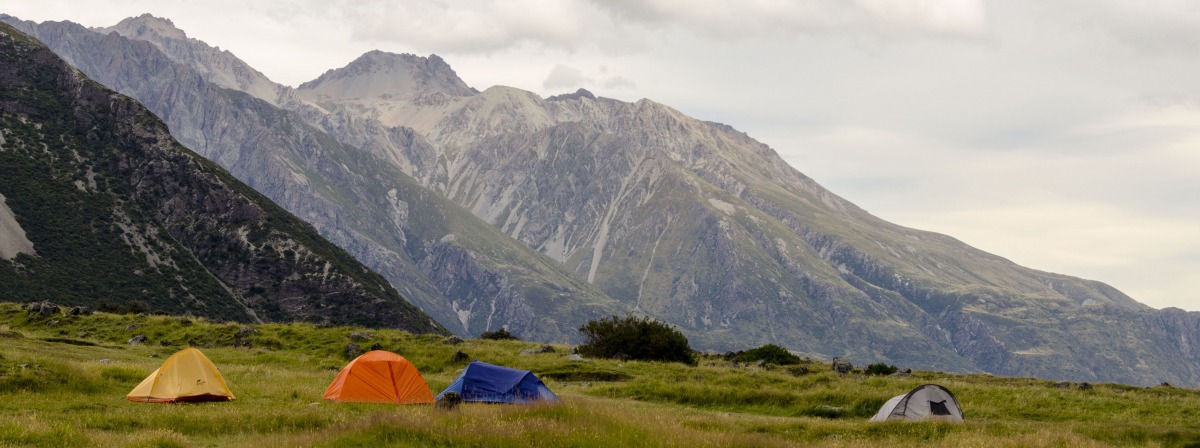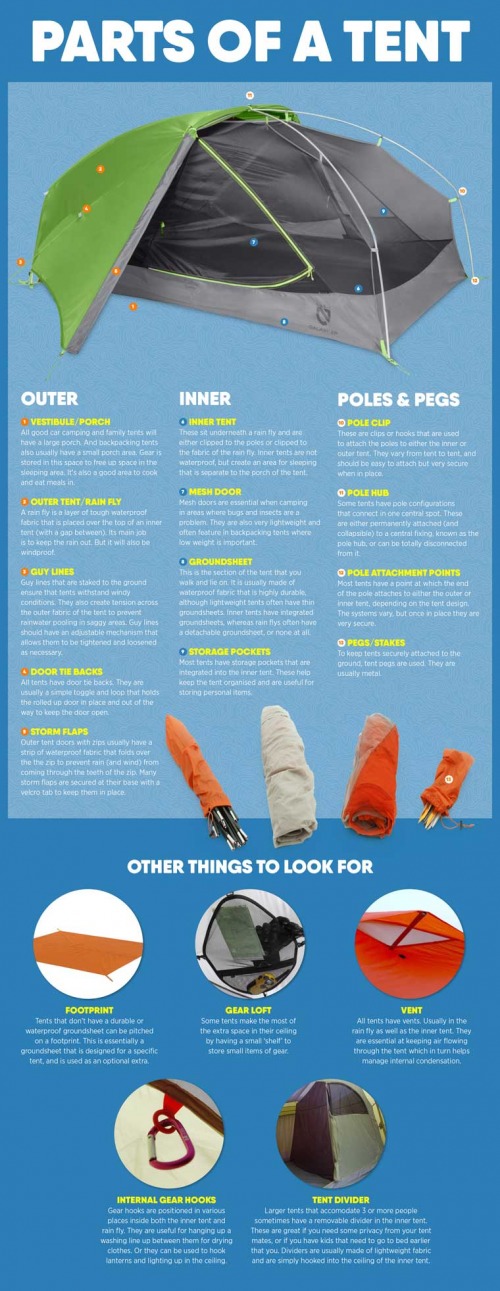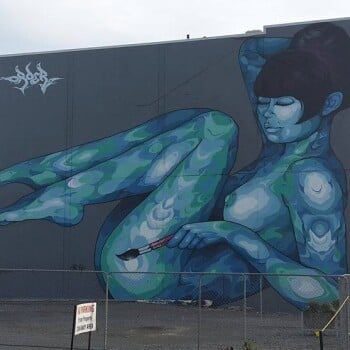
One of the best things about trekking adventures is waking up each morning with wondrous views in places that usually only ever occupy your dreamtime! The ability to take your sleeping quarters with you to the middle of nowhere really is a special privilege of hikers, trekkers and adventurers. And the right tent can make this experience all the more enjoyable, both when you’re in it, and when you’re carrying it.

What to consider when choosing a tent for multi-day hiking
Ever tried car camping in a tiny, lightweight backpacking tent? Or hauled your four-person pop-up tent up a mountain, only for it to be blown down as soon as it popped up?! Yep, just like any other piece of outdoor gear, choosing the right tent for multi-day hiking and backpacking trips can be a game-changer.
In the ideal world, your hiking tent should be the following:
Lightweight
Carrying a heavy tent for a day or two is manageable. Carrying it for days on end, however, can slow you down and cause fatigue and discomfort. It is one of the heaviest things you will carry on a multi-day hiking trip, and opting for a lightweight tent will make a big difference to your enjoyment levels on the trail.
Easy to set up
Sometimes pitching a tent quickly can be a matter of urgency. No good if your tent takes 15 minutes to set up! Nor is it any fun taking ages over setting your tent up in less urgent scenarios, especially in sideways rain when you’re tired and hungry. Hiking tents should take no more than 5 minutes to set up on your own.
Storm-proof
Good hiking tents should provide stability in high winds and be waterproof in even the most heavy and horrible rainfall. There should be no sagging areas on your tent fly and the poles should to solid enough, and configured in such a way that they don’t collapse in when high winds gust against the tent.
Livable
Being comfortable in your tent is an hugely important element that is often overlooked. The space your tent provides should be convenient, practical and well thought through. Consider the following things:
-
Are you tall? You’ll need a tent that’s long enough for you.
-
Will you be sharing the tent with another person? Having two entrances makes EVERYTHING much easier, especially in bad weather.
-
Can you sit up in your tent? Changing your clothes, eating or just hanging out is SO much easier if there is enough headroom to sit up straight.
-
Do you like to stay organised? Pockets and a porch will help with this immensely.

Desirable features of tents for multi-day hiking
The image on the right shows all the different parts of tents in general. Not all of these features are necessary or even desired in a tent for hiking.
Continue reading about which features hiking and backpacking tents should ideally have.
A rain fly
This should be fully waterproof with taped seams and a DWR (durable water resistant) coating. It should also be made with lightweight but durable fabric like ripstop nylon.
Guy lines
Guy lines ensure that the tent won’t blow away in high winds. They are staked to ground or nearby trees and can be tightened to create tension and stability.
Vents
These are important to keep air flowing through the tent, especially in rainy conditions when condensation can build up inside the tent.
Storm flaps
This is a piece of fabric that covers up the zipper of your tent to prevent wind and rain from coming through the zipper.
A mesh door
If you are camping in areas where there are lots of bugs, a mesh door helps keep them out without shutting out the cool breeze. Ideal in warm conditions.
Footprint
Some backpacking and hiking tents have very thin and lightweight groundsheets to save weight. If the ground you are camping on is rocky or sharp, a footprint can be laid underneath the groundsheet to protect the tent, and you!
A porch or vestibule
This is a key feature from a comfort and livability point of view. You can keep all your wet gear, boots and cooking equipment in a porch to free up space in the main compartment for gear you need to keep dry. And you, of course!
Internal gear hooks, gear loft and pockets
These are all features that make living in a tent so much nicer! They enable you to keep your stuff organised, and provide places to hang up wet gear to dry.
Camping in a tent that is appropriate to the conditions, destination and use will make you love your time on the trail even more. And if it’s lightweight and highly liveable too, then you’ll never want to sleep anywhere else!
Happy camping, happy hikers!
Writing and Images: Cool of the Wild.









